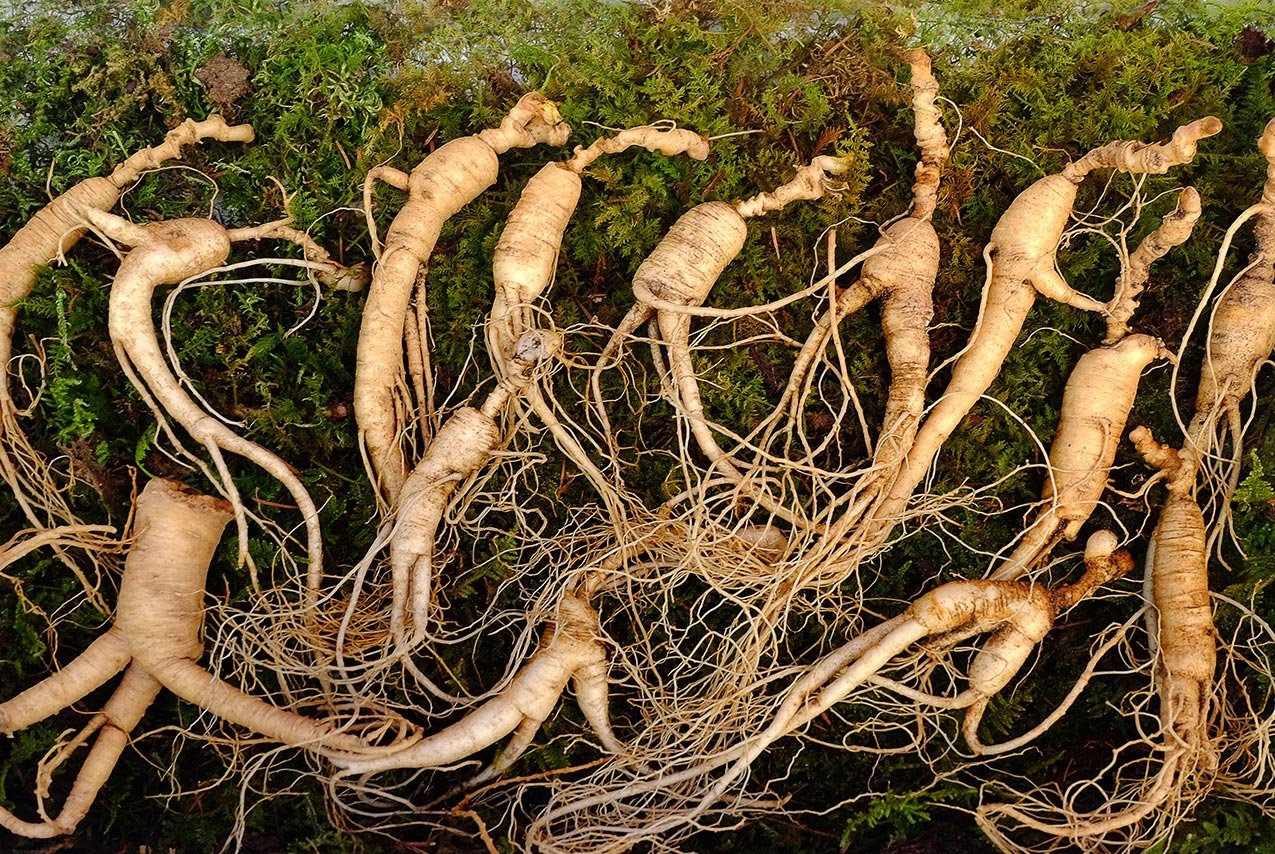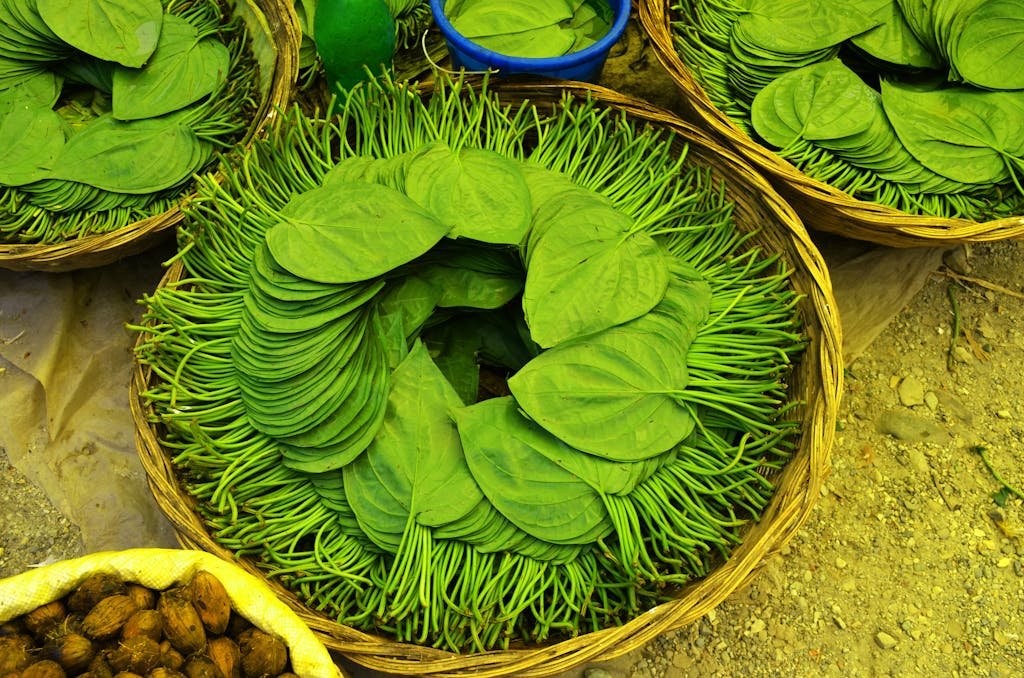Ephedra – (Ephedra sinica)
Ephedra sinica, commonly known as Ma Huang, has been a cornerstone in traditional Chinese medicine for centuries. This powerful herb isn’t just steeped in history; it’s packed with compounds that have caught the eye of modern science.
From weight loss enthusiasts to athletes seeking a performance boost, Ephedra sinica has been a go-to. However, it’s not without its controversies. Let’s dive into the world of this ancient herb and uncover its secrets, benefits, and the reasons behind its debated status.
Key Takeaways
- Ephedra sinica’s Historical and Therapeutic Value: Long revered in Traditional Chinese Medicine, Ephedra sinica (Ma Huang) has been utilized for over 5,000 years, primarily for respiratory conditions and as a stimulant, supported by both ancient texts and modern research.
- Chemical Composition and Effects: Primarily contains ephedrine and pseudoephedrine, contributing to its bronchodilatory and decongestant properties. Additional compounds like flavonoids and tannins offer antioxidant benefits, showcasing the herb’s complex and potent chemical makeup.
- Versatile Health Benefits: Beyond respiratory relief, Ephedra sinica aids in weight loss by increasing metabolic rate and enhancing thermogenesis, also demonstrating notable anti-inflammatory properties. These benefits align with both traditional uses and contemporary scientific findings.
- Controversies and Safety Concerns: Despite its benefits, Ephedra sinica faces regulatory scrutiny due to potential adverse effects, including cardiovascular risks, leading to FDA restrictions on ephedrine-containing products. The balance of risks vs. benefits remains a critical consideration.
- Consultation and Moderation Essential: The use of Ephedra sinica, especially for weight loss or athletic performance enhancement, requires mindful consideration of dosage, potential side effects, and professional health guidance to ensure safety and efficacy.
History of Ephedra sinica in Traditional Chinese Medicine
Ephedra sinica, commonly known as Ma Huang, holds a prestigious place in the annals of traditional Chinese medicine (TCM). Rooted in a history that spans over 5,000 years, this ancient herb has been a cornerstone in the treatment protocols for a variety of ailments. Its earliest documented use can be traced back to the “Shennong Bencao Jing,” an ancient Chinese text on herbal medicine, which highlights Ma Huang’s efficacy in treating respiratory disorders and symptoms associated with the common cold, such as cough and fever.
In TCM, Ephedra sinica is cherished not just for its potent medicinal properties but also for its dual nature of embodying Yin and Yang. This balances the body’s energy, or Qi, promoting overall wellness. Its application has been extensive, ranging from alleviating asthma symptoms to acting as a stimulant in cases of fatigue or lethargy. The active compounds within Ephedra, primarily ephedrine and pseudoephedrine, have been the subject of intense study in modern pharmacology, leading to their incorporation into various pharmaceuticals.
Research efforts have further validated the traditional uses of Ephedra sinica. A study published in the “Journal of Ethnopharmacology” underscores its anti-inflammatory and bronchodilatory effects, making it a valuable asset in treating bronchial asthma and other respiratory conditions. These findings resonate with TCM’s perspective on the herb’s ability to dispel wind and relieve surface symptoms, reinforcing its revered status among herbal practitioners.
Additionally, Ephedra’s thermogenic properties have been explored for their potential in weight loss regimens. Its capacity to enhance metabolic rate and promote fat loss has captured the interest of both researchers and individuals seeking natural weight management solutions.
The journey of Ephedra sinica from ancient scrolls to modern labs illustrates a remarkable instance of traditional wisdom converging with contemporary science. Its enduring legacy in TCM and ongoing research endeavors shed light on the herb’s multifaceted benefits, affirming its significance in both historical and contemporary contexts.
Chemical Composition of Ephedra sinica
The intricate chemical composition of Ephedra sinica, more widely known as Ma Huang, is at the heart of its historical and contemporary applications. Researchers have identified multiple compounds within Ephedra sinica that contribute to its potent effects. Primarily, ephedrine and pseudoephedrine stand out as the most significant alkaloids. These compounds are closely associated with the plant’s stimulatory properties and contribute to its effectiveness in treating respiratory conditions.
Apart from ephedrine and pseudoephedrine, Ephedra sinica contains a variety of other alkaloids, including:
- Norephedrine
- Methylephedrine
- Ephedroxane
These compounds play a role in the herb’s pharmacological profile, adding to its complexity and efficacy. Additionally, research has highlighted the presence of flavonoids and tannins within Ephedra sinica. These constituents are known for their antioxidant properties, suggesting that the herb could have broader therapeutic applications beyond its traditional uses.
The thermogenic effect of Ephedra sinica—its ability to increase the body’s metabolism—is another aspect attributed to its alkaloid content. This characteristic has made the herb a popular component in weight loss supplements, though its use in such products is subject to regulatory scrutiny due to potential side effects.
Modern scientific studies have begun to unravel the specifics of how Ephedra sinica‘s chemical components interact with the human body. A study published in the Journal of Natural Medicines delved into the mechanisms behind the plant’s anti-inflammatory effects, highlighting its potential in treating conditions beyond respiratory disorders.
| Constituent | Effect |
|---|---|
| Ephedrine | Stimulatory, bronchodilatory |
| Pseudoephedrine | Decongestant |
| Flavonoids | Antioxidant |
| Tannins | Antioxidant |
By cataloging and understanding the chemical composition of Ephedra sinica, both traditional practitioners and modern scientists can further appreciate how ancient wisdom and contemporary research converge in the use of this versatile herb. As ongoing studies continue to explore its various components, the full potential of Ephedra sinica is gradually being unlocked, opening new avenues for therapeutic applications.
Benefits of Ephedra sinica
Ephedra sinica, often referred to as Ma Huang, stands out for its multifaceted therapeutic applications that stem from its complex chemical makeup. This traditional Chinese herb has played a pivotal role in medicine for centuries, offering benefits that range from respiratory support to weight management and beyond.
Weight Loss and Metabolic Enhancement
A significant area where Ephedra sinica shines is in facilitating weight loss. Its active compounds, especially ephedrine, have been shown to increase metabolic rate, which can contribute to weight reduction. Studies highlight ephedrine’s ability to enhance thermogenesis, allowing the body to burn more calories even at rest. The thermogenic effect, coupled with appetite suppression, makes Ephedra sinica a popular component in weight loss supplements. While its effectiveness is clear, consumers should be mindful of dosage and potential side effects, prioritizing products that adhere to safe standards.
Respiratory Relief
Historically, Ephedra sinica has been utilized for its potent effects on respiratory ailments. The alkaloids present, including ephedrine and pseudoephedrine, act as bronchodilators, easing breathing by relaxing bronchial muscles. This action makes it beneficial for treating symptoms of asthma, colds, and allergies. Clinical research supports its use in ameliorating bronchial constriction, offering a natural alternative to synthetic bronchodilators.
Anti-inflammatory Properties
Beyond its metabolic and respiratory benefits, Ephedra sinica demonstrates notable anti-inflammatory effects. This is attributed to its array of alkaloids and flavonoids, which work together to reduce inflammation. Such properties suggest potential in treating a variety of inflammatory conditions, further expanding its therapeutic scope.
Indeed, Ephedra sinica’s benefits are grounded in both historical use and modern research, reflecting its continuing relevance in health and wellness. As with all herbal supplements, it’s paramount that users consult healthcare professionals and follow recommended guidelines to ensure safety and efficacy.
Use of Ephedra sinica in Weight Loss
Ephedra sinica, often spotlighted for its potent effects on weight loss, emerges as a key player in the dietary supplement sector. Its active component, ephedrine, drives the herb’s powerful metabolic boosting properties. By stimulating the central nervous system, ephedra increases the body’s metabolic rate, a pivotal factor in accelerating weight loss.
Research underscores the herb’s effectiveness in promoting fat loss while preserving muscle mass. A study published in the Journal of Obesity revealed that participants using ephedra-based supplements showed significant weight reduction compared to those on a placebo, without compromising their lean body mass. This dual action of enhancing fat reduction and muscle retention marks Ephedra sinica as a valuable tool for those aiming for a healthier body composition.
- Increases Metabolic Rate
- Enhances Thermogenesis
- Promotes Fat Loss While Preserving Muscle Mass
Furthermore, Ephedra sinica’s role in thermogenesis—the process of heat production in organisms—contributes significantly to its weight loss capabilities. By boosting thermogenic activity, ephedra turns the body into a calorie-burning furnace, thus aiding in weight management.
However, the potency of Ephedra sinica also calls for mindful usage. The FDA advises against long-term use of ephedrine-containing products due to potential side effects. It’s crucial for individuals to consult healthcare professionals before incorporating ephedra into their weight loss regimen.
The careful integration of Ephedra sinica into a comprehensive weight loss strategy, tempered with professional guidance, can yield promising results. Its metabolic and thermogenic effects not only support weight loss but also the maintenance of a healthy body weight.
Controversies Surrounding Ephedra sinica
Ephedra sinica, despite its long history of use in traditional medicine, has been at the center of significant controversies mainly due to safety concerns associated with its active component, ephedrine. Health authorities, including the FDA, have scrutinized the herb for its potential side effects, which include increased heart rate, hypertension, and even severe cardiac complications.
Research on the safety profile of Ephedra sinica reveals a spectrum of reactions, pointing to the importance of moderation and professional guidance when using it. A pivotal study published in the New England Journal of Medicine identified a correlation between Ephedra use and increased risk of heart palpitations, psychiatric and upper gastrointestinal effects, and hypertension. These findings prompted regulatory bodies to impose restrictions on products containing ephedrine alkaloids.
| Year | Event |
|---|---|
| 2004 | FDA bans dietary supplements containing ephedrine alkaloids |
| 2006 | Legal challenges and adjustments to the ban |
| 2017 | Continued surveillance of Ephedra-containing supplements |
Ephedra sinica’s weight loss claims have also been a subject of debate. While some studies underscore its efficacy in promoting weight loss, critics argue that the risks outweigh the benefits, especially given the availability of safer alternatives. This has led to a dichotomy in public opinion, with some advocating for its use under medical supervision, while others call for a complete ban on Ephedra-containing products.
The controversy extends to the sports world, where Ephedra’s performance-enhancing potential has been both a lure for athletes and a concern for sports authorities. The herb’s ability to improve concentration and fight fatigue can offer a competitive edge, but at the risk of adverse health effects.
Despite these controversies, Ephedra sinica continues to be studied for its therapeutic potentials beyond weight loss, including its anti-inflammatory and bronchodilatory effects. The ongoing research suggests a complex profile, where the benefits might be substantial, but so are the risks, especially without proper dosing and oversight.
Ephedra sinica, with its rich history in traditional medicine, offers a complex blend of benefits and controversies. Its ability to support weight loss, provide respiratory relief, and exhibit anti-inflammatory properties showcases its therapeutic potential. Yet, the safety concerns tied to its active compound, ephedrine, demand careful consideration.
Regulatory scrutiny and debates over its efficacy and safety underline the importance of informed usage and adherence to guidelines. As research continues to unfold, Ephedra sinica’s role in both traditional and modern medicine remains a topic of keen interest, emphasizing the need for a balanced approach to harness its benefits while minimizing risks.






